With temperature in the Denver Metro Area poised to drop to -10° this week, it’s high time for Coloradoans to take serious care in winter proofing their homes.
Neglecting proper protocols can lead to frozen pipes, roof damage, high energy bills, and even power outages.
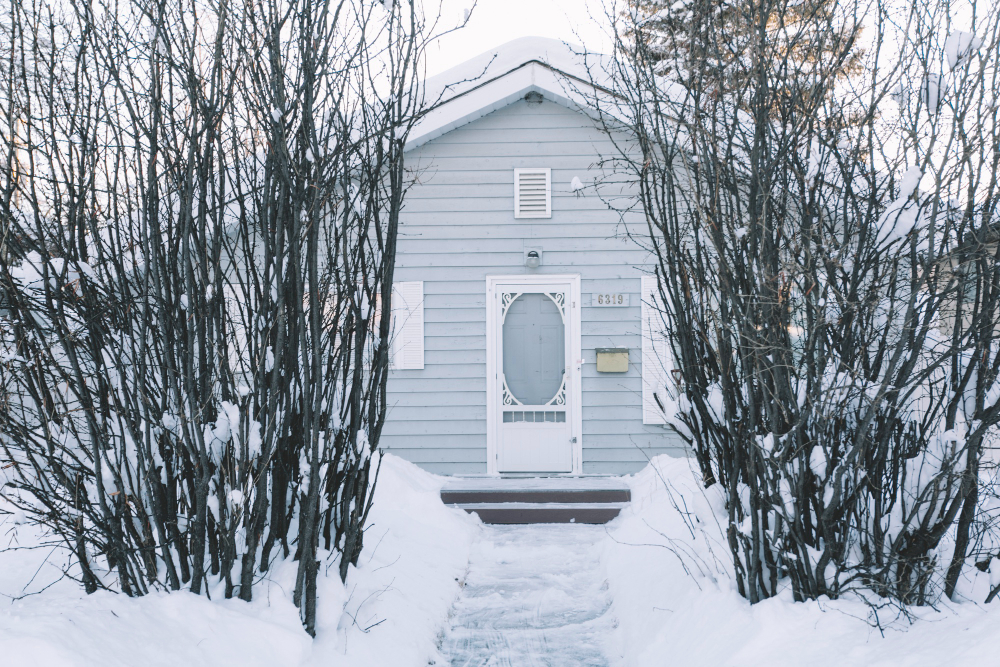
But fear not. Taking the right precautions can ensure that you (and your home!) stay safe through the cold snap.
Let’s talk through the top 5 tips for ensuring that your home is ready to conquer the cold.
Winterproof Windows and Doors
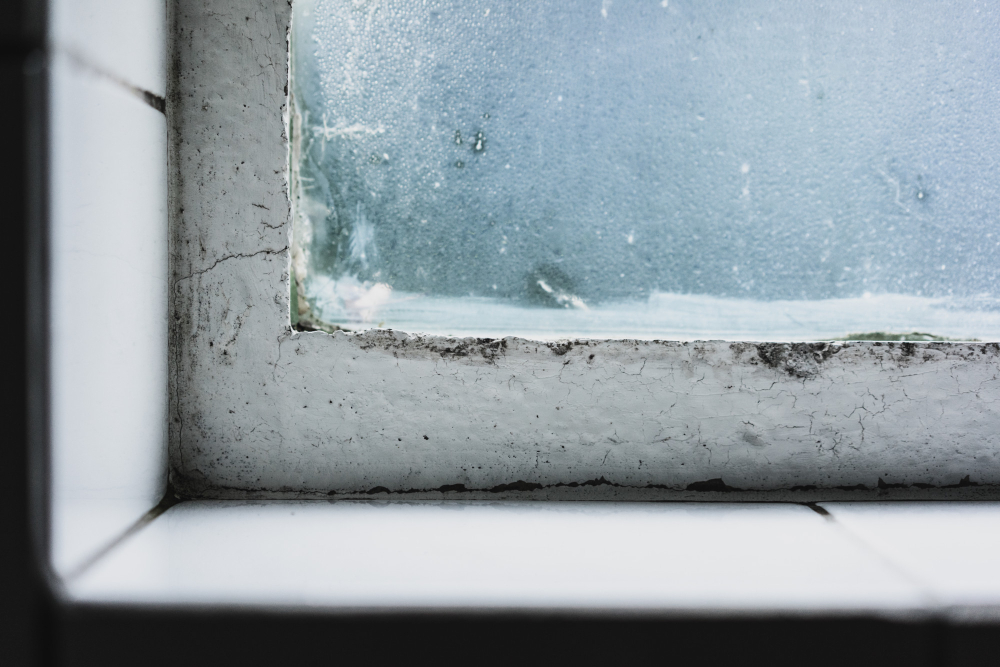
When it comes to preparing your Colorado home for winter, one of the first areas to focus on is weatherproofing your windows and doors. Here’s how to get started:
Inspecting for Drafts and Leaks
Begin by conducting a thorough inspection of all your windows and exterior doors. Check for any noticeable drafts or leaks. A simple way to do this is to run your hand along the edges of doors and windows to feel for cold air seeping in. You can also use a lit candle or an incense stick; if the flame or smoke wavers, it indicates a draft.
Caulking and Sealing Gaps
Once you’ve identified problem areas, it’s time to seal them up. Use weatherproofing caulk to fill gaps and cracks around window frames and door jambs. Pay close attention to areas where the frame meets the wall, as these are common sources of drafts. Don’t forget to check for gaps around electrical outlets, switch plates, and pipes that penetrate exterior walls.
Installing Weatherstripping
Another effective method for eliminating drafts is to install weatherstripping. This flexible material can be applied to the moving parts of doors and windows, creating a tight seal when closed. Weatherstripping comes in various forms, including adhesive-backed strips, V-strip, and door sweeps, so choose the type that best suits your needs.
Consideration of Energy-Efficient Windows and Doors
If your windows and doors are old or in poor condition, you might want to consider upgrading to energy-efficient options. Look for products with the ENERGY STAR label, which indicates they meet strict efficiency standards. Double or triple-pane windows with low-emissivity (Low-E) coatings can significantly improve insulation and reduce heat loss.
Proper Insulation
Insulation serves two critical functions during the winter. Firstly, it helps to maintain a comfortable indoor temperature by preventing heat loss. Secondly, it acts as a barrier against cold drafts, ensuring that your home remains a cozy haven during the frigid months.

Check Your Current Insulation Levels
Begin by assessing your current insulation levels. Common areas to check include the attic, walls, and floors. In Colorado’s high-altitude regions, attics are often the most critical area to insulate properly, as heat tends to rise and escape through the roof.
To gauge your insulation’s effectiveness, look for these signs:
– Uneven heating throughout your home.
– Cold spots or drafts in specific areas.
– High heating bills despite moderate thermostat settings.
If you suspect inadequate insulation, it’s time to take action.
Adding or Upgrading Insulation in the Attic and Walls
If your insulation is insufficient, consider adding more insulation material. For attics, fiberglass or blown-in cellulose insulation are common choices. In walls, you may need to consult a professional for insulation upgrades. Proper insulation not only keeps your home warm but also contributes to energy efficiency and lower heating bills.
Insulating Pipes and Ducts
Don’t forget about the importance of insulating pipes and ducts in unheated or poorly insulated areas like basements, crawl spaces, and garages. Frozen pipes can lead to costly damage, so wrap them with foam or fiberglass pipe insulation. Additionally, insulating heating ducts prevents heat loss as warm air travels throughout your home.
Heating System Maintenance for the Upcoming Cold Snap
With an impending cold snap on the horizon, it’s essential to ensure your heating system is in top-notch condition to keep your Colorado home warm and comfortable. While long-term improvements are valuable, here are some short-term solutions and maintenance tips to prepare for the sudden drop in temperature:
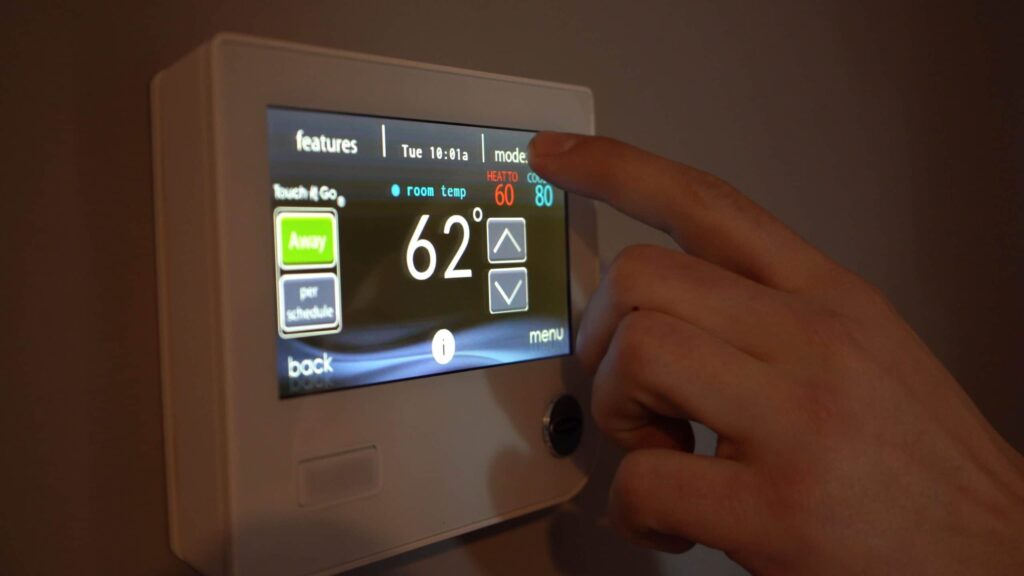
Change Your Air Filters
Changing your heating system’s air filters regularly is a simple but effective way to improve its efficiency. Dirty filters restrict airflow, making your system work harder to maintain the desired temperature.
Adjust Thermostat Settings for Energy Efficiency
While you want to stay warm during the cold snap, it’s also important to be mindful of energy consumption. Consider lowering your thermostat by a few degrees when you’re not at home or while you’re sleeping.
Consideration of Alternative Heating Options
In anticipation of extreme cold, consider using space heaters or zone heating in frequently occupied rooms. This allows you to maintain warmth in essential areas without having to heat the entire house. However, use space heaters safely, keeping them away from flammable materials and turning them off when unattended.
Additionally, ensure you have a backup heating source, such as a generator or a supply of firewood if you have a wood-burning fireplace, in case of power outages during the cold snap.
Roof and Gutter Care
Your home’s roof and gutters play a vital role in protecting your property from winter’s harsh elements, including heavy snow and ice. Neglecting their maintenance can lead to costly damage and leaks. Here’s how to ensure your roof and gutters are ready for the challenges:
Inspecting and Repairing the Roof for Leaks or Damage
Before the frigid air arrives, perform a visual inspection of your roof. Look for loose or damaged shingles, flashing, or any signs of leaks. Pay attention to areas around vents, chimneys, and skylights, as these are common trouble spots. Address any issues promptly to prevent water infiltration during winter storms.
Cleaning and Maintaining Gutters and Downspouts
Clogged gutters and downspouts can lead to ice dams, which can damage your roof and cause water to seep into your home. Clear out leaves, twigs, and debris from your gutters to ensure proper water drainage. Consider installing gutter guards to prevent future clogs and make gutter maintenance easier.
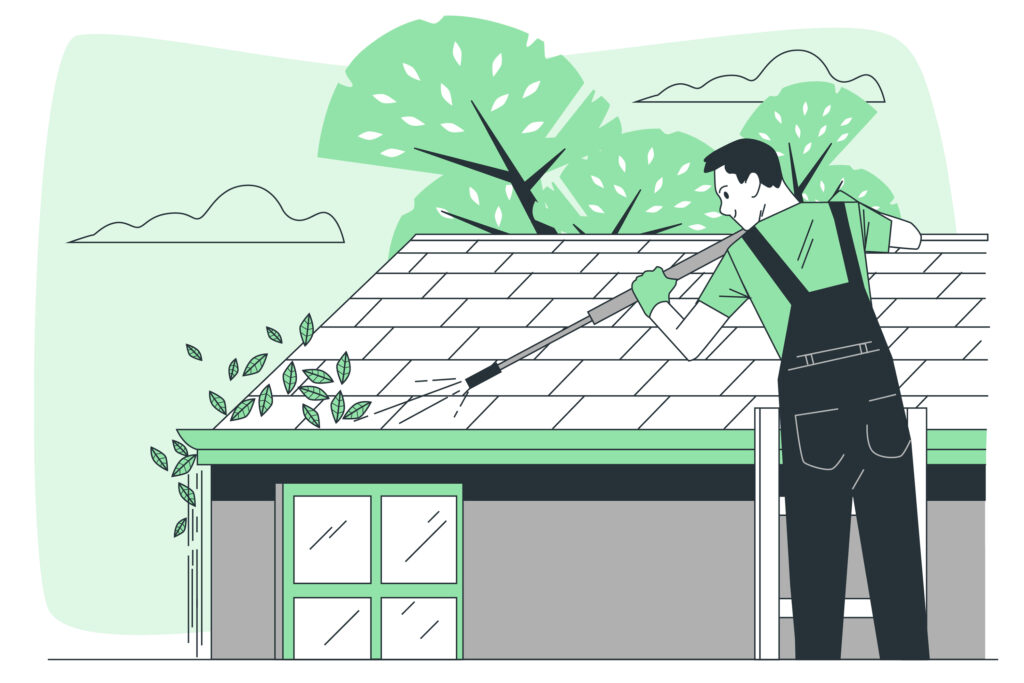
Installing Gutter Guards
Gutter guards are designed to keep leaves and debris out of your gutters while allowing water to flow freely. They are particularly helpful in Colorado, where trees shed their leaves in the fall, potentially causing gutter blockages.
Snow and Ice Removal Strategies for the Roof
After heavy snowfalls, it’s essential to remove excess snow and ice from your roof to prevent structural damage and ice dams. Use a roof rake with an extended handle to safely clear snow from the edges of your roof, but be cautious not to damage shingles in the process.
Avoid using sharp objects or salt-based products on your roof, as they can harm roofing materials. If ice dams are a recurring issue, consider consulting a professional for preventive measures.
Landscape and Outdoor Preparations
Winter in Colorado not only brings cold temperatures but also heavy snowfall. To maintain the safety and functionality of your outdoor spaces during the winter season, it’s essential to take steps to protect your landscape and outdoor equipment. Here’s what you need to do:
Winterizing the Garden and Landscaping
1. Prune and trim: Trim back overgrown branches and bushes to prevent them from getting weighed down by snow, potentially causing damage to your landscape.
2. Mulch: Apply a layer of mulch around the base of trees and shrubs to insulate their roots and protect them from freezing temperatures.
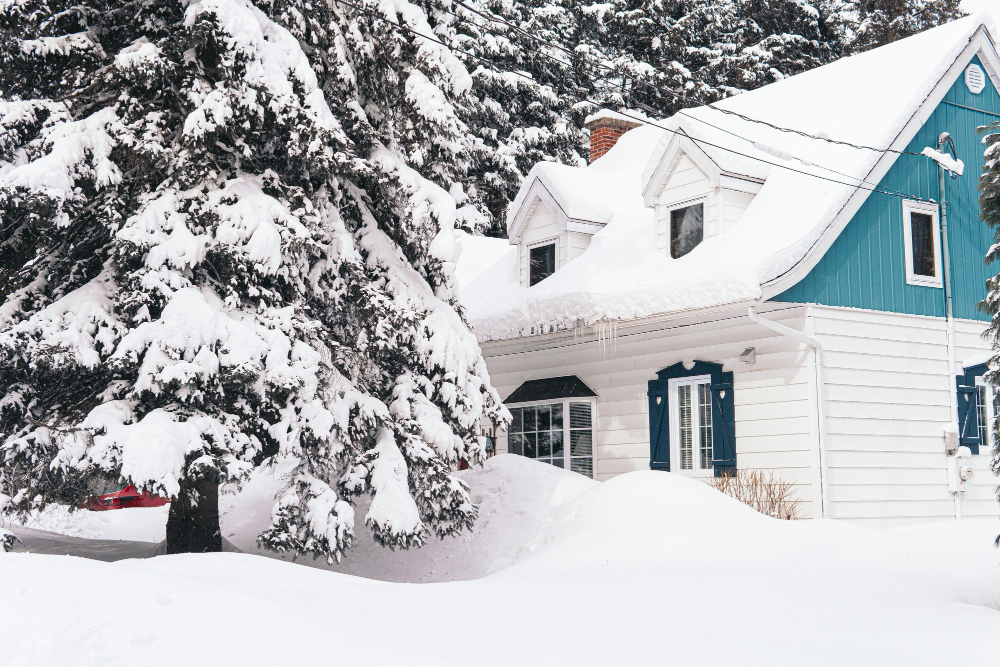
Drain and Shut Off Outdoor Water Sources
1. Disconnect hoses: Disconnect garden hoses from outdoor faucets and drain them thoroughly to prevent freezing and damage.
2. Shut off outdoor faucets: Turn off the water supply to outdoor faucets and drain any remaining water to prevent pipe bursts.
3. Insulate outdoor pipes: Consider using foam pipe insulation to protect exposed outdoor pipes from freezing temperatures.
Storing Outdoor Furniture and Equipment
1. Store outdoor furniture: If possible, store outdoor furniture in a shed or garage to protect it from snow and cold. If storage space is limited, cover furniture with waterproof covers to prevent damage.
2. Remove and store garden tools: Clean and store garden tools, such as shovels and rakes, to prevent rust and prolong their lifespan.
3. Winterize your lawnmower: Add fuel stabilizer to your lawnmower’s gas tank, change the oil, and store it in a dry, protected location.
Snow Removal Tools and Strategies for Pathways and Driveways
1. Stock up on supplies: Ensure you have a supply of snow shovels, ice melt, and a reliable snow blower or snowplow if necessary.
2. Clear pathways promptly: Regularly remove snow and ice from walkways, driveways, and stairs to prevent accidents and ensure easy access.
3. Consider professional snow removal: If you have a long or challenging driveway, hiring a professional snow removal service can save you time and effort during heavy snowfall.
Winterproofing in Colorado: Key Takeaways

Winterproofing your Colorado home is not just a matter of comfort; it’s a crucial step to protect your property from the challenges of the season. By following the top 5 tips we’ve discussed in this article, you can ensure that your home remains warm, safe, and energy-efficient — even in the face of potentially record-setting lows.
From weatherproofing windows and doors to proper insulation, maintenance of your heating system, and caring for your roof and gutters, these proactive measures will help you navigate the freeze with confidence.
Additionally, don’t forget to prepare your outdoor landscape and equipment, and stock up on essential snow removal tools. The more prepared you are, the easier it will be to stay comfortable and enjoy the beauty of winter in the Centennial State.
As the cold snap approaches, take action now to safeguard your home against the elements. With these tips in mind, you’ll be well-equipped to weather the winter season and keep your Colorado home cozy and inviting.




